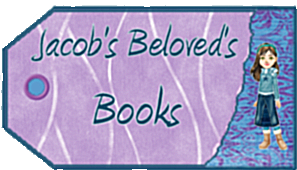Posted using ShareThis
From the site:
"A bold re-telling of legendary tales — The Myths series gathers the world's finest contemporary writers for a modern look at our most enduring myths."
"Myths are universal and timeless stories that reflect and shape our lives — they explore our desires, our fears, our longings, and provide narratives that remind us what it means to be human.The Myths series brings together some of the world's finest writers, each of whom has retold a myth in a contemporary and memorable way. Authors in the series include: Margaret Atwood, Karen Armstrong, AS Byatt, David Grossman, Milton Hatoum, Natsuo Kirino, Alexander McCall Smith, Tomás Eloy Martínez, Victor Pelevin, Ali Smith, Su Tong, Dubravka Ugresic, Salley Vickers and Jeanette Winterson.
The series launched on 21st October 2005 and is the most ambitious simultaneous worldwide publication ever undertaken."
According to wikipedia, Jamie Byng, owner of the independent foundation Scottish publishing firm Canongate Books, hopes to eventually publish 100 titles in the series. The first title in the series, Karen Armstrong's A Short History of Myth, was published the same day in 33 countries and 28 languages, in what the Washington Post called "the biggest simultaneous publication ever."
Here is the current list of all available titles in the series:
1.
2. The Penelopiad: The Myth of Penelope and Odysseus (Myths, The)
3. Weight: The Myth of Atlas and Heracles (Myths, The)
4. The Helmet of Horror: The Myth of Theseus and the Minotaur (Myths, The)
5. Lion's Honey: The Myth of Samson (Myths, The)
6. Dream Angus: The Celtic God of Dreams
7. Anna In w grobowcach świata (Anna In and the Tombs of the World) by Olga Tokarczuk (not translated) - about Inanna
8. Girl Meets Boy: The Myth of Iphis (Myths, The)
9. Binu and the Great Wall (Myths)
10. Where Three Roads Meet: The Myth of Oedipus (Myths, The)
11. Baba Yaga Laid an Egg (Myths)
12. The Fire Gospel
13. The Myth of Izanagi and Izanami by Natsuo Kirino - about Izanagi and Izanami
14. Orphans of Eldorado (Myths)
15. The Hurricane Party (Myths)
16. The Good Man Jesus and the Scoundrel Christ




























